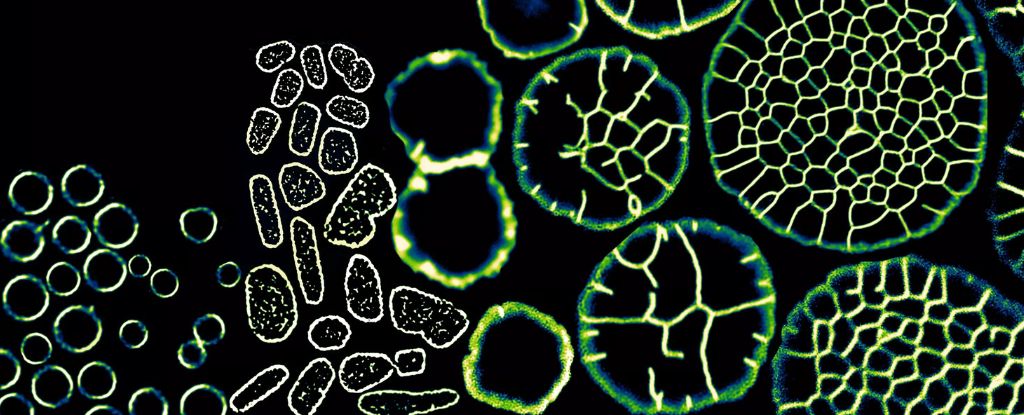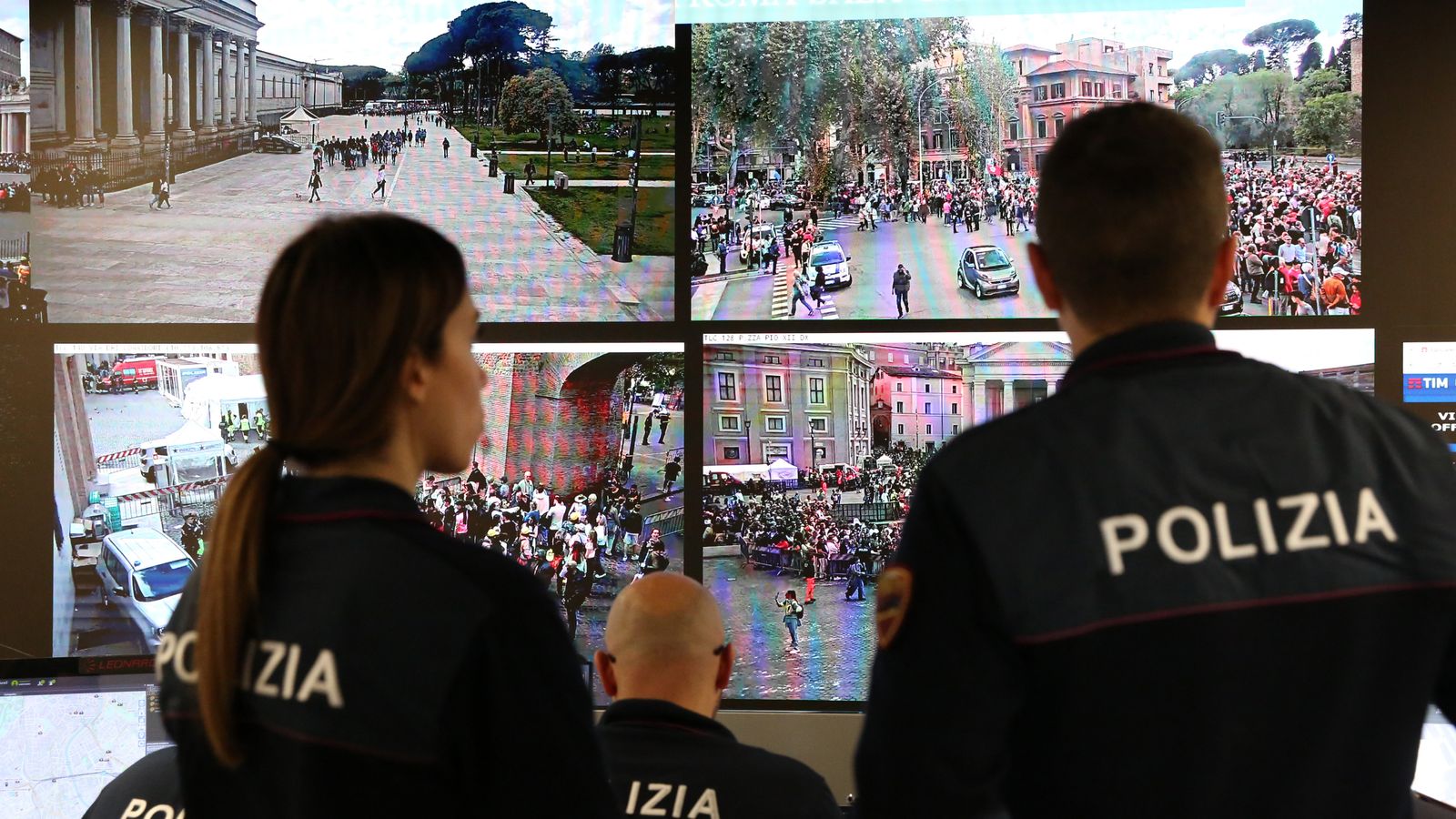Love this City: Simon Wilson on Ōrewa Beach, new schools and transport and the latest smash hit movie

Carter is part of a local group called Orca – good name – which stands for the Ōrewa Reserve Community Association. They want a seawall built between the reserve and the beach. We’re going to see a lot more disputes like this in years to come, and we’re going to need some good skills to manage them. Ōrewa Beach, near the north end of the city, is one of Auckland’s finest recreational beaches. It’s also one of the worst affected by the wild weather and rising sea levels related to climate change. During big storms the sea gouges away the sand and sweeps right in under the pōhutukawa and Norfolk pines along the edge of the beach. That’s exactly what happened during Cyclone Gabrielle and it happened again in the rolling Easter storms of Cyclone Tam. The council has responded in different ways. It’s resanded the beach, more than once. Towards the northern end, it actually is building a seawall, 600 metres long, which will protect the private properties fronting the beach, along with a thin stretch of reserve with a public path. Further south, where the reserve becomes a park with recreational facilities, there’s a different plan. There are reasons for this. One is that the northern seawall was “challenging and costly”, as the council puts it, because the plan had to go to the Environment Court for a decision. Another reason has been well documented on eroding beachfronts everywhere from West Africa to the east coast of America: seawalls aren’t the solution you might think. The beach in front of them can become increasingly submerged in storm tides, so the sand empties out and the wall collapses. Where possible, the preferred solution is to allow the water to flow more naturally. If you can channel it and/or soak it up, it loses its force and does much less damage. As it happens, this approach is already in place at the south end of Ōrewa Beach, by the campground, where sand dunes have been re-established. They’re well planted with grasses, so even if the water flows in, it soaks through, causing little or no erosion. This is the approach the council proposes to extend along the beachfront of the Ōrewa Reserve. “We want to create a gentle slope through the dunes to the beach,” the council says. “This will be better than the sharp drop off between the reserve and the beach that often happens due to erosion.” The council believes this will “help maintain an area of dry sand on the beach even when the tide is high. This will provide a larger area of beach for the public to enjoy.” The Ōrewa Reserve Future Management project aligns with a citywide Shoreline Adaptation Programme: an evolving plan to manage the effects of climate change on all of Auckland’s coastlines. But because the sea has already eroded some of that Ōrewa beachfront, getting in under the roots of some of the trees, it says the reserve itself will have to be remade. It’s produced four possible designs. Orca objects to all of them. As noted above, it believes if any of them is chosen it will destroy most or all of the attractions of the reserve. But the council’s four designs don’t show this. Option C, for example, includes parking for 290 cars, new changing rooms and toilets, a large grassed area for games, events and overflow parking, picnic areas, two playgrounds, basketball and volleyball courts and a relocated surf lifesaving block. The other options are similar. And although some of the trees will go, most will not and many more will be planted. About 20 years ago, Rodney District Council had the foresight to plant trees along the road side of the reserve. These are not at risk and are now beginning to mature. The plan shows a very green reserve. Orca believes the proposed changes will make things worse. The council believes the expanded public facilities, more planting, easier beach access and bigger “dry sand” beach area will make the precinct better and more fit for purpose, now and into the future. It also believes there will be cost savings over time, with less need for resanding and seawall maintenance. Orca has met with the local board and was included in a council workshop on the plans, but says there’s been “not a lot of significant progress to date”. That is, the council has not accepted Orca’s demand for a seawall. The public consultation process is now under way. The cycling city In recent bike news, the NZ Transport Agency Waka Kotahi has published a research paper it commissioned into e-bikes and transport equity. The research was in two parts. In the first, they looked at support schemes overseas that offer financial incentives (common in Europe) or lend e-bikes to prospective riders, especially to people not already cycling. Not surprisingly, such schemes “have an important role to play in broadening individuals’ and communities’ access to cycling, including in areas where there may be significant barriers to cycling, such as hills, low previous rates of cycling, and cost and affordability barriers”. Sounds like a good fit for Auckland. In the second part, they evaluated a local pilot scheme, run by a marae, that makes long-term e-bike loans to Māori and Pasifika students. The researchers found that the participants e-biked for recreation and transport, using the bikes for access to natural environments, physical and mental health, reducing their transport costs, outings with their children and lending to friends and whānau not in the scheme. NZTA says the study “concluded that e-bikes are acceptable to communities with transport disadvantage and low rates of cycling”. It also noted that the main barriers to use were bike security and traffic. Locky Docks has an answer to the first of those. The company, which started in Christchurch in 2020, now provides self-locking bike racks in 10 cities, including 15 in Auckland with five more about to be installed, and has just parked its 100,000th bike – in Whangārei. The colourful Locky Docks, with funding support from Mercury, are free to the public and easy to use. They provide secure lock-up racks, with free charging, screens that display safe cycling routes and CCTV cameras. Company founder Cleve Cameron says the rising popularity of the racks is “proof that when infrastructure is reliable, convenient, and free, people will use it”. “Locky Docks aren’t just infrastructure, they’re behaviour-change machines, making it easier for people to switch to biking. And we can tell it’s actually working, which is fantastic.” Is the northwest getting the best? The Government has been showering a bit of love on Auckland’s northwest this month. First, Education Minister Erica Stanford announced a $100 million new-build programme for schools that includes a new primary school for Massey-Redhills and long-awaited progress for Scott Point School in Hobsonville. Then Transport Minister Chris Bishop announced the stage rollout for the Northwest Busway, which will eventually run from Brigham Creek to the central city. All progress like this is welcome, of course. But there was a sobering prediction buried in Bishop’s announcement: over the next 25 years, the population of the area is expected to double. It’s 90,000 now and by 2051 they’re picking there will be 100,00 more people living there. One new school and one new busway may not be quite enough. Auckland’s northwest is centred on the hinterland suburbs north of Henderson and west of Te Atatū, including Massey and Redhills, Westgate, Kumeū, Huapai, Whenuapai and Hobsonville Point. Scott Point School typifies the scale of the challenge. It’s a new school that has always had prefabs on site because it’s never been big enough. A three-stage project was announced in 2015, but even stage 1 was not opened for another seven years and this week’s announcement was only confirmation that stage 2 will proceed. When that opens the 800 roll will have climbed to 1100 and there’s no word about stage 3. This is not how forward planning should work and governments on both sides have been culpable. The new school announced by Stanford will be near the giant Westgate shopping centre. It will help cater for the extra 3340 primary-school-age children the Ministry of Education predicted, back in 2019, would be living in the Massey area by 2032. New, but not exactly news. Labour announced this same school in 2019, confirmed it in 2021 for opening in 2023, and expected it would have 900 students by 2025. It’s still an empty building site. Stanford says it will open in 2027 with a roll of 600. The $100 million announcement follows last year’s freeze on all school construction projects, which the minister put in place, she says so she could gauge their “value for money”. Standardised designs are now expected to reduce construction costs across the school system by 28%, allowing for more than 60 new classrooms in Auckland. Keep ‘em coming, but at a faster pace, please? Meanwhile, Bishop has set out the plan for a fully-fledged Northwest Busway to be built in three stages. It’s a grand project. Te Ara Hauāuru - The Northwest Busway will follow the route of State Highway 16 and will eventually provide a fully separated road for buses, like the Northern and Eastern busways, all the way into town. There’ll be a park and ride station at Brigham Creek and stations at Westgate, Royal Rd, Lincoln Rd, Te Atatū, Point Chevalier, Western Springs and Ian McKinnon Drive at the top of Dominion Rd. Fishhooks? There are a few. Only $116m in funding has been approved so far, to cover “early consenting work and strategic property acquisitions”. The official cost estimate to date is $4.43-$4.98 billion, but that doesn’t cover the whole project. There’s a 10-year timeline for construction that “could begin” in 2027, but the last uncosted stage, which includes the Point Chevalier and Western Springs stations, isn’t on the timeline at all. How valuable will it be? Bishop says the busway “will be able to move up to 9000 passengers per hour in each direction – the equivalent of four motorway lanes. It will also provide a reliable 25-minute journey time from Brigham Creek to the city centre – all day, every day.” Let’s say: extremely valuable. Over the hills and how far away? Bishop’s had a busy week in Auckland. He’s also announced a new route for the Northern Expressway over the Brynderwyn Hills, on a route to the east of the existing precarious road. This is a bit of a surprise, because until now NZTA has argued for other options around the hills. The most significant thing about this news, though, is not the route but the renewed commitment to a four-lane highway all the way from Auckland to Whangārei. Where’s the money coming from? The whole road remains resolutely uncosted, but the way I add up the figures we do know, it looks to be close to $10b. Te Waihanga, the Infrastructure Commission, is worried: it says the Northern Expressway could chew up 10% of all the funding available for all infrastructure in the country for the next 25 years. Many Northlanders might feel their hospitals, schools and other roads could do with some of that money. The Northland Regional Council has also chipped in, suggesting the far-cheaper option of a three-lane road, with passing lanes alternating each way. Over the hills is now the officially preferred route for the new highway, but given the Government’s budget restraints, a timetable for getting it done may still be far away. Bishop has also announced progress on Mill Rd, the proposed new “second motorway” to run parallel to the existing motorway from Papakura to Drury. The smash hit movie Tinā might be set in the emotional ruins of the Christchurch earthquakes, but director/writer/producer Miki Magasiva is an Aucklander and so are star Anapela Polata’ivao, producer/writer Mario Gaoa and most of the rest of the cast and crew. Immense congrats to them all, because the movie has been seen by more than 300,000 people and is now one of the top 10 highest-grossing New Zealand movies of all time. Joined the 300,000 yet? Tinā follows Mareta Percival, a grieving mother whose daughter died in the second earthquake, who winds up as a substitute teacher at an elite private school. So she teaches the kids to sing. Big-screen magic. After the storms: the selloff In the wake of the 2023 summer storms, Auckland Council bought 1200 properties that were no longer fit for purpose as homes. Now it has begun to work out what to do with them. Many will be incorporated into Making Space for Water, the programme of creating wetlands and recreational areas near streams, so when the rains come and the drains fill up, they turn into reservoirs or “detention sinks”. Some will be sold, but with caveats about what can built: a house might be okay, for example, but only if it’s on stilts. Others might be sold to neighbours for non-construction use. The council expects the process to take several years. For those who might want to buy, it has opened an Expressions of Interest register at ourauckland.nz/futureuse. How to save the world, again The Frontiers Planet Prize is an international project led by the renowned Swedish environmental scientist Johan Rockström, which offers three prizes of US$1m ($1.6m) each to scientists working on scaleable ways to keep our use of resources within planetary boundaries. That is, to find ways for us to stop destroying the conditions for life on Earth. The 2025 shortlist names 19 “national champions”, chosen from among thousands, and one of them is from the University of Auckland. Dr Sebastian Steibl works in the Pacific, looking for ways to defend atolls from climate change. “Building island resilience,” he says, “allows communities to reclaim their narrative and shape atoll futures amidst global challenges.” The prize money is to help the winners scale their work and Steibl will find out if he’s one of them at a symposium in Switzerland in June. Coming soon to Tāmaki Makaurau Hīkoi for Health “Our health system – the way we collectively try to prevent people getting sick and help them when they are – should be a national treasure,” says Northland doctor and poet Glenn Colquhoun. “But it’s hard not to think it’s broken at the moment. Aspects work well, of course. But so much of it seems to be held together by sticking plasters placed on sticking plasters placed on sticking plasters. I wonder if the people leading it remember what it is to be sick.” Colquhoun and fellow doctor and poet Art Nahill are on a Hīkoi for Health, driving from Kaitāia to Parliament in a “vanbulance” painted by the artist Nigel Brown, gathering stories of people’s health along the way. They pass through Auckland on Monday, April 28, stopping at the cricket pavilion in the Domain, 12pm-2pm and then moving on to the Manurewa Marae Health Clinic in Clendon Park. More details at their website healthreformnz.org. Octopus in the Viaduct A giant octopus has taken up residence in the Viaduct. Te Wheke-a-Muturangi is the work of artist Lisa Reihana and is one of nine large-scale works by leading contemporary artists on display throughout the Viaduct Harbour as part of the Aotearoa Art Fair Sculpture Trail. Te Wheke-a-Muturangi was the octopus who lured Kupe across the Pacific. If you want to learn more about that, there’s an on-site QR code that leads to an augmented reality pūrākau (legend), in which she hovers above the Waitematā and speaks about being a goddess while – I’m quoting the publicity here – taking selfies. She’ll be gone after May 14. Learn more at artfair.co.nz. Opera in the Strand It’s almost May, which means it’s almost Music Month. The opening attraction is Opera in the Strand, the return of last year’s very popular free show, curated by the NZ Opera School and presented in the wonderfully rejuvenated Strand Arcade off Queen St. Friday, May 1, 6pm. To sign up to Simon Wilson’s weekly newsletter click here, select Love this City and save your preferences. For a step-by-step guide, click here.


















